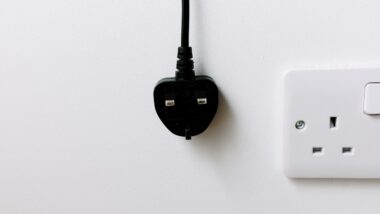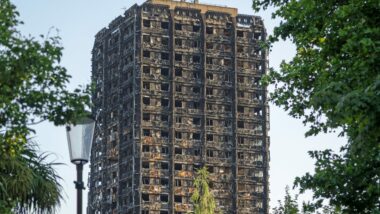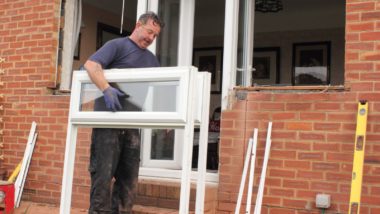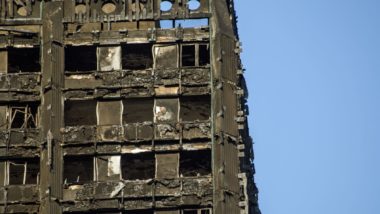Top Class Actions’s website and social media posts use affiliate links. If you make a purchase using such links, we may receive a commission, but it will not result in any additional charges to you. Please review our Affiliate Link Disclosure for more information.
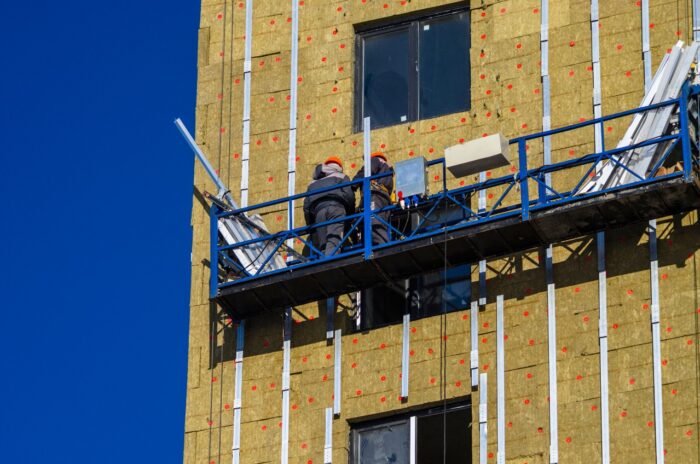
Cladding Removal Crackdown Overview:
- Why: Gove seeks to expedite the removal of dangerous cladding from buildings.
- Who: Housing Secretary Michael Gove has created a plan for cladding removal involving both flat owners and developers.
- Where: The issue of cladding removal stretches nationwide.
The government is cracking down on the removal of hazardous cladding from buildings. Housing Secretary Michael Gove has outlined new plans to advance the removal process in homes and buildings nationwide.
Cladding is the layers of material on the outside of a building that provide insulation, weather protection or improved appearance. However, some cladding has been found to be combustible. Combustible cladding was found to be instrumental to the spread of the fire that broke out in the Grenfell Tower block in June 2017.
Such cladding is a significant safety hazard affecting thousands of homeowners, and its removal has become a priority. About half a million people live in a building with some form of hazardous cladding, according to the Association of Residential Managing Agents.
The government had previously embarked on a project to remove dangerous cladding from buildings over 18m high, which were considered the highest risk. As of 30 November 2021, 407 of these buildings had cladding removed, 41 buildings were being worked on and 29 still had cladding.
Government Plans for Cladding Removal
Gove has outlined the steps he is willing to take to ensure the continued removal of unsafe cladding from lower-height buildings that stand between 11m and 18m high.
Gove has said that flat owners who have not yet paid for cladding removal should not have to. Instead, developers will shoulder the cost. To enforce this move, he warned developers he may restrict their access to government funding and future contracts, use planning powers, change the tax system or impose new laws.
Flat owners who have already paid for their cladding to be removed cannot benefit from this enforcement and will not be refunded, according to the Department for Levelling Up, Housing & Communities said.
Leaseholders also now have 30 years to sue builders over defective flats, a generous extension from the previous limit of six years.
What to Do About Cladding Removal
If you haven’t already paid for cladding removal, that cost should be taken up by developers. Leaseholders of individual flats may be saddled with the cost of removal, but the land and building owners are responsible for the removal.
The average cost to remove cladding runs around £40,000 per leaseholder, according to the BBC. Building owners or leaseholders may also have to pay extra for additional fire safety measures while the cladding is being removed. However, Mr Gove intends to offer support for these costs.
Do you live in a building with potentially hazardous cladding? What has your experience been like in getting it removed? Share your story in the comments section below!
Don’t Miss Out!
Check out our list of Class Action Lawsuits and Class Action Settlements you may qualify to join!
Read About More Class Action Lawsuits & Class Action Settlements:
- Australia Justice Says US, UK Passengers Can Join Class Action Against Carnival and Princess Cruise Lines for Ruby Princess COVID-19 Outbreak
- UK Govt Clamps Down on ‘Cowboy Companies’ Overcharging for COVID Tests
- U.K. Travellers Getting Ripped Off By COVID-19 Testing Companies, Consumer Watchdog Steps In
- Food Shortage, Grocery Store Closures in United Kingdom Blamed on Brexit, the Pandemic




